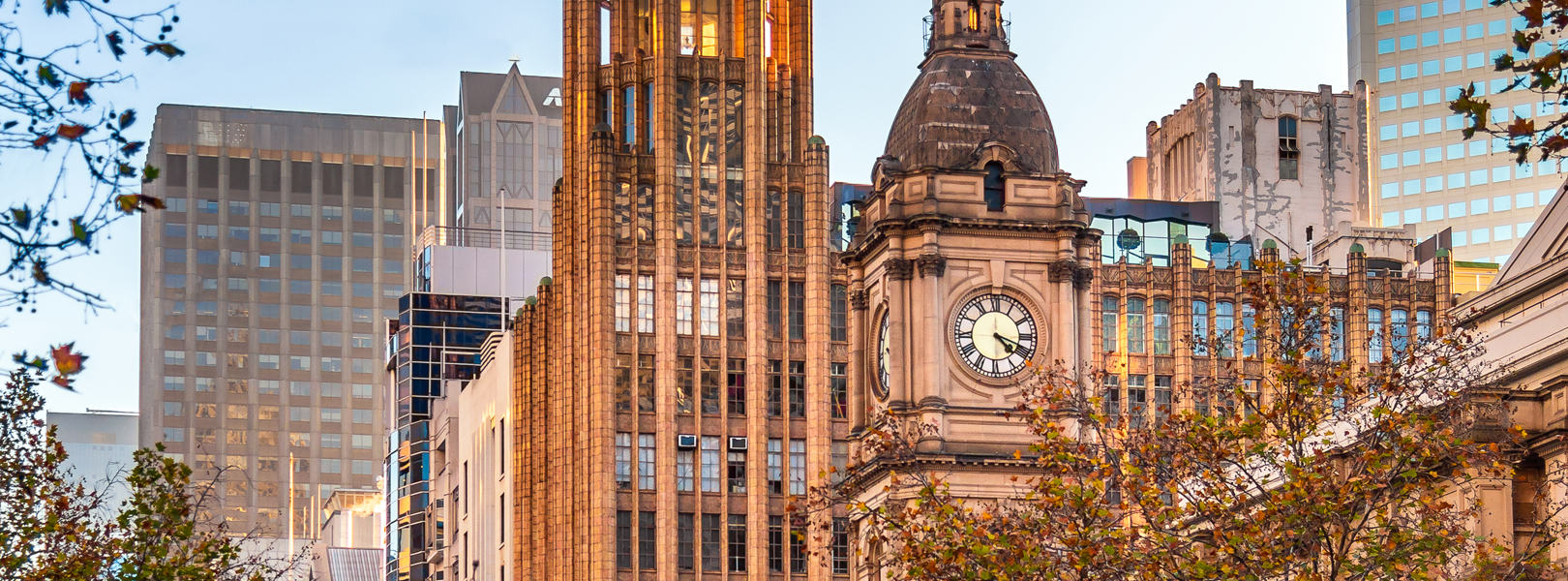With friendly people, a great lifestyle and
endless business opportunities, you’ll quickly
fall in love with Melbourne.

There are many reasons why Melbourne has been crowned the most liveable city in the world – for five years in a row.
In the Economist Intelligence Unit’s 2015 global ranking, we scored an impressive 97.5 out of 100, beating other top 10 ranked cities in Australia, New Zealand and Canada. This was thanks to our top scores in all five categories – stability, healthcare, culture and environment, education and infrastructure.
It’s not just our lifestyle that people love – it’s also our friendly locals. That’s why Conde Nast Traveler magazine ranked us as the world’s friendliest city in 2014.
- Affordable Lifestyle
- World Class Education
- World Leading Healthcare
- Homes to suit all tastes
- Great Weather

The heart of
economic activity
Melbourne is in the middle of the Australian south east triangle—a heavily concentrated area of economic prosperity—with access to 70% of Australia’s population and economic activity. The Australian south east triangle has a combined economic output of over A$1 trillion. The Asia Pacific is home to over 4.4 billion people and a total economy of over US$26 trillion.
Why invest in Melbourne
property market
It’s human nature to believe the grass is always greener, indeed, sometimes it is. Melbourne is the best city to invest and live in.
The Melbourne property market has been one of the strongest and most consistent performers over the last few years.
Historical & Projected
Population - Victoria
Transitioning to a more sustainable city
In response to increasing energy, water and waste costs, and to the increasing impacts of a changing climate, cities around the world are working to becoming more sustainable and resilient. Innovative metropolitan planning approaches include:
- creating more compact cities
- making better use of transport infrastructure
- greening metropolitan areas
- creating more open space
- reforming energy and water supply and use
- conserving biodiversity
- improving building design
- encouraging active forms of transport, such as walking and cycling.

Melbourne’s
Subregions

